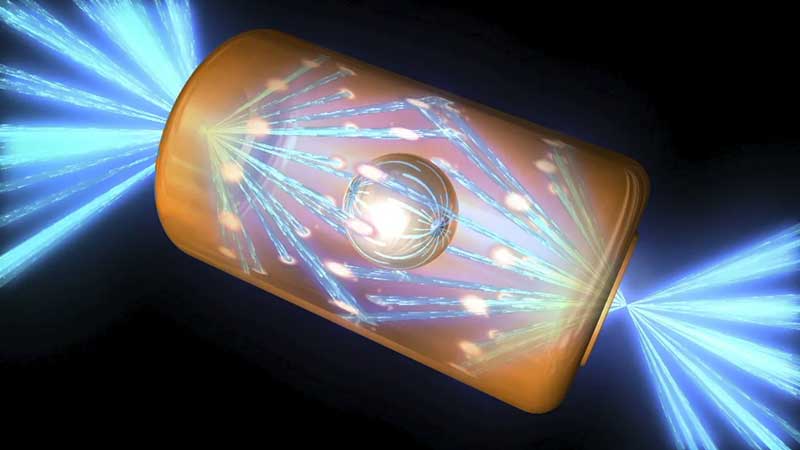What Fusion Ignition Breakthrough Means for Energy
Nuclear fusion has been a topic of discussion for decades. Recently that discussion has been literally re-energized.
The Lawrence Livermore National Laboratory (LLNL) in California announced yesterday, December 13, that it has achieved a breakthrough in the energy sector that has been in the works since at least the 1960s, when a team of scientists led by John Nuckolls began testing a theory that lasers could be used to accomplish something called fusion ignition. The significance of the announcement is that scientists have demonstrated the ability to use the fusion of the nuclei of atoms to create a net surplus of energy.
An experiment performed on December 5 at the Livermore laboratory yielded an output of 3.15 megajoules worth of energy from an input of 2.05 megajoules of energy. The net gain in energy demonstrated the ability to essentially “create” new energy using a clean, renewable resource.
With its announcement, the LLNL commented on the new discovery’s ability to help it support the US Stockpile Stewardship Program, which is a directive from the National Nuclear Security Administration “to extend the lifespan and ensure the continued safety, reliability, and effectiveness of weapons that have reached the end of their original design life through life extension programs.”
What is Fusion Ignition?
Fusion ignition refers to the accomplishment of nuclear fusion by supplying energy (in this case using lasers) to two atoms such that their nuclei fuse together and become one heavier nucleus. In the case reported by LLNL, an experiment that has been in the works for decades.
The threshold where the amount of energy used to create the fusion reaction is equal to the amount of energy released from the reaction is referred to as fusion ignition.
To achieve fusion ignition as Lawrence Livermore, scientists used several lasers and a mixture of deuterium and tritium fuel to fuse hydrogen atoms such that the energy released exceeded the energy used to create the reaction.
Nuclear Fusion and the Energy Grid
While this recent announcement of a major breakthrough for nuclear energy, there is much more that must be done to allow our current energy system to be replaced by nuclear fusion. It may be decades before the technology that would allow nuclear energy to supply the United States and other sections of the world.

